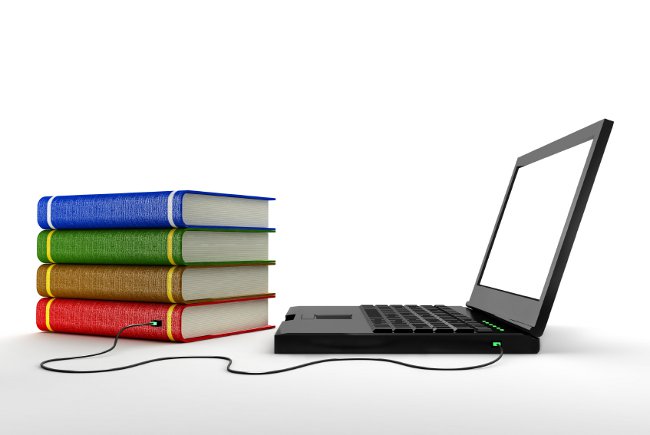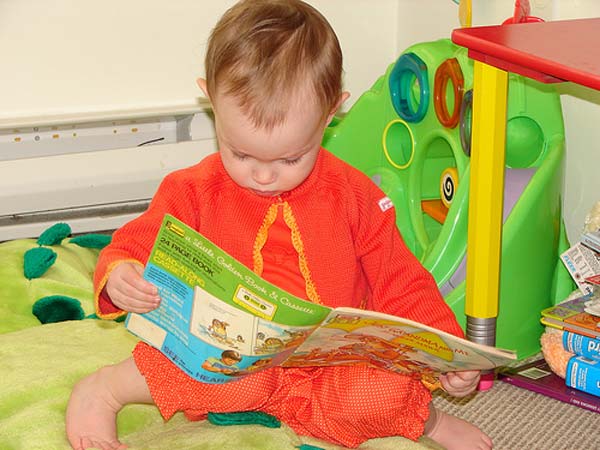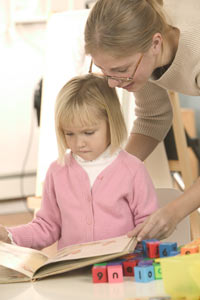How to teach a child to read quickly

For a good performance the child is not easybe able to read - he needs to be able to read at a normal pace, because at a low reading speed the child does not understand the text well. However, not all children have the optimal rate of reading. How to teach a child to read quickly?
First of all, it should be clarified that "fast" does not mean "as soon as possible". If reading speed is too high (more than 180 words per minute), the understanding of the text deteriorates as well as when it is too low. There is the concept of "optimal reading", by which is meant the tempo of reading, close to the rate of speaking (120-150 words per minute), you need to strive for this rate.
Why does the child read slowly? There are several main reasons. First, for reading at a normal pace, the child should have a well developed attention and memory, which are some kind of catalyst for the reading process. If they develop problems, their problems will be with reading.
There are also other reasons - a small vocabulary (unfamiliar words intext, of course, inhibit reading), the reduced volume of the operative field of vision (when the child is unable to cover the whole word with a glance), the return movements of the eyes (the child unconsciously reads each word twice), the insufficiently developed articulatory apparatus, and too complicated texts that do not correspond to age.
So, how to teach a child to read quickly, not only by increasing the rate of reading, but also by improving the understanding of the text read? The key word here is practice, and daily. It is necessary to carry out regular exercises with the child. Wherein It is not the duration of the exercises that is important, but their frequency: it is better to deal with the child three times a day for ten minutes than to "marinate" it for half an hour.
One such exercise - parallel reading. It is necessary to prepare two identical texts. You read the text aloud, and the child reads after you, leading your finger along the lines. Gradually, you need to increase the pace, always making sure that the child has time. Read alternately slowly and quickly, and then ask the child if he noticed a change in tempo.
If the child does not believe that he can read faster, try reading for a while. To do this, select an uncomplicated text withoutunfamiliar to the child words. Let the child read it aloud, and you need to note the time, for example, a minute. At the end of this time, count the number of words read. Repeat the exercise - after the second reading of the read words should be more. Just do not repeat the exercise more than three times in a row: the child will get tired, and the result may get worse.
You can also try exercise on search: tell the child any word available in thetext, and he should find it as soon as possible. This game, firstly, develops verbal memory, and secondly, teaches the child to see the whole image of the word. Over time, you can go to the search in the text of the answers to the questions.
It happens that the child has a low rate of reading, because he has difficulty reading individual letters and letters. In this case, you need to do exercises onreading "problem words": let the child read a pair of words that differ in one letter, words in which there are several consonants in a row, and so on. You can give an exercise in reading consonants: the child must inhale and read fifteen consonants on exhalation.
But what to do if the child does not like to read? You can try the so-called read-only mode: read one or two lines - rested. Of course, reading books in this mode is not very convenient, so it's better to look with the child filmstrips: read the caption, watch the picture, you can move on to the next frame.
Do not limit the reading of the child only exercises - let him as often as possible confronts with reading at home. Write him notes, make lists of cases andpurchases: let them practice reading. It also does not hurt to do with the child exercises for the development of memory, attention, phonemic hearing. Articulatory gymnastics (reading proverbs and sayings, learning quick tongues) and verbal games will also be useful.
Obligatory conditions for improving reading technique are systematic and positive attitude. Be sure to praise your child for success, and you will learn how to read a child quickly, correctly and expressively.














